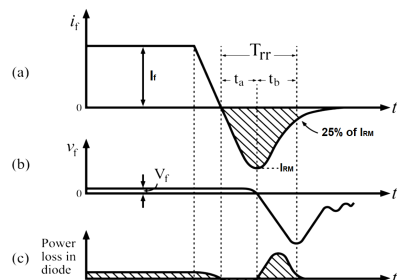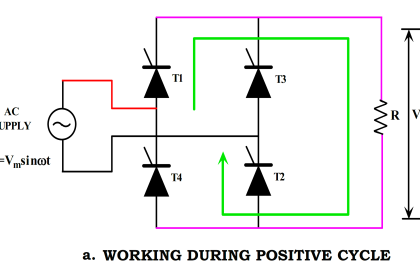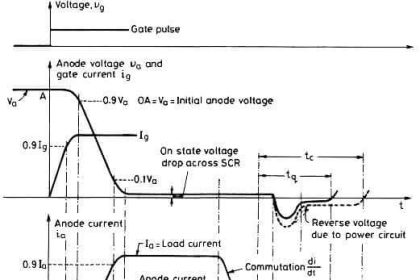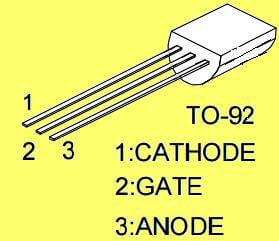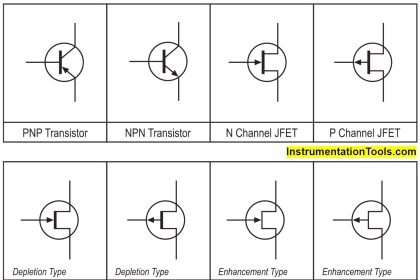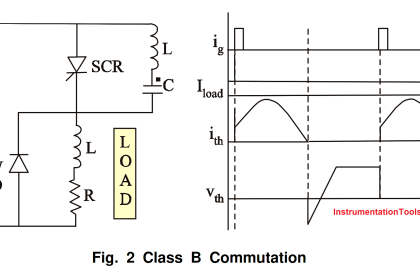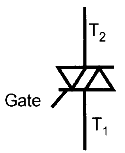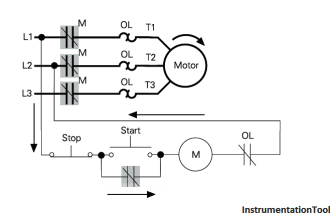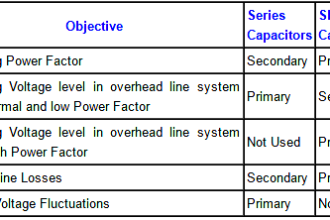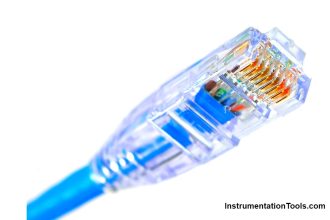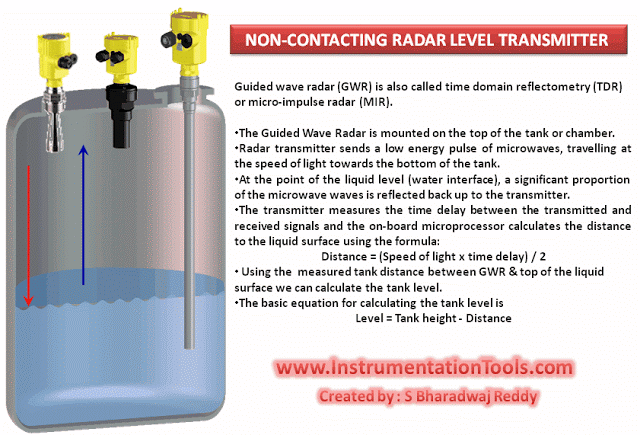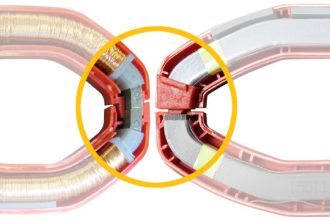Firing Circuits:
Gate triggering is the most commonly used turn-on method employed to switch on the thyristors. Triggering circuits is also called firing circuits. There are various firing circuits available. R-Firing circuits is simple but suffer from limited firing circuits. Firing angle is limited between 0o to 90o.
In actual practice firing angle can be varied between 3o to 90o. Limitation of the firing angle range of R-Firing circuit is eliminated by introducing a capacitor and a diode. Thus R-C firing circuits can increase the firing angle limitation range. Theoretically firing angle can be varied from 0o to 180o. However due to low voltage at 0o and 180o thyristor cannot be turn-on. Hence practically the range of firing angle is between 3o and 177o.
Both R and R-C firing circuits suffer from following disadvantage:
- They can be employed in power circuits having only one thyristor
- They are capable of open loop control only
- Due to lower voltages near 0o to 180o, gate current is small. Especially in R-C firing circuit, near 180o gate current is minimum due to maximum value of R. This will increase the turn on time, especially for R-L load, leading to higher turn on loss
- Higher frequency gate signal is desirable for reliable turn on. Both the circuits are not capable of providing the same
- There is no electrical isolation between control circuit and power circuit
However the circuits are simple and cheap. R-C firing circuits is widely used in low power thyristor controllers, such as solid state ac regulators for speed control of fans and blowers. R-C firing circuits can also acts as snubber circuits
